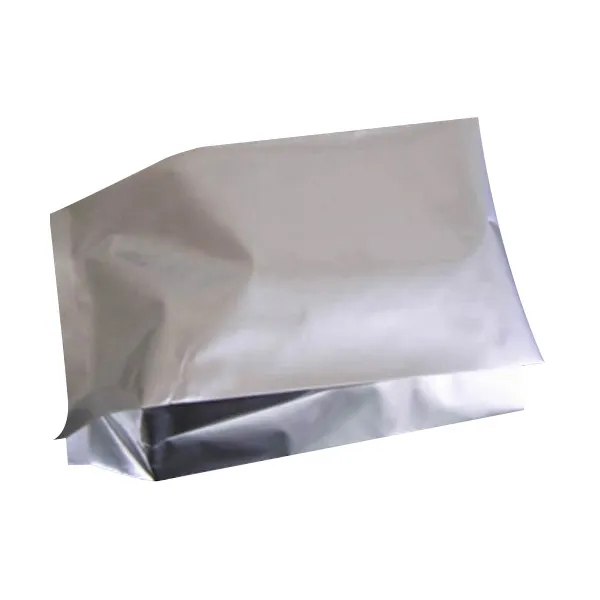What are composite bags made of?
2024-12-11
Composite bags are made from a combination of materials designed to provide strength, durability, and specific functional properties. The most common components of composite bags include:

1. Outer Layer (Typically Woven Fabric):
- Often made from materials like polypropylene (PP) or polyethylene (PE), this layer provides the bag with strength and resistance to tears and punctures.
2. Inner Layer (Lining or Laminate):
- A plastic film, such as polyethylene, or a laminated coating, adds water resistance, protects contents from moisture, and ensures air-tight sealing.
3. Paper Layer (Optional):
- Some composite bags feature a kraft paper layer to improve printability and enhance the bag's appearance for retail or branding purposes.
4. Adhesive Layers:
- These are used to bond the various materials together, ensuring that the bag maintains its structural integrity under load.
5. Additives (Optional):
- UV stabilizers, anti-slip coatings, or anti-static materials might be included to enhance the bag’s performance in specific environments.
These materials make composite bags suitable for industries like agriculture, construction, chemicals, and food packaging, as they can handle heavy loads, resist wear, and protect contents effectively. Let me know if you'd like a more detailed breakdown for any specific industry!

